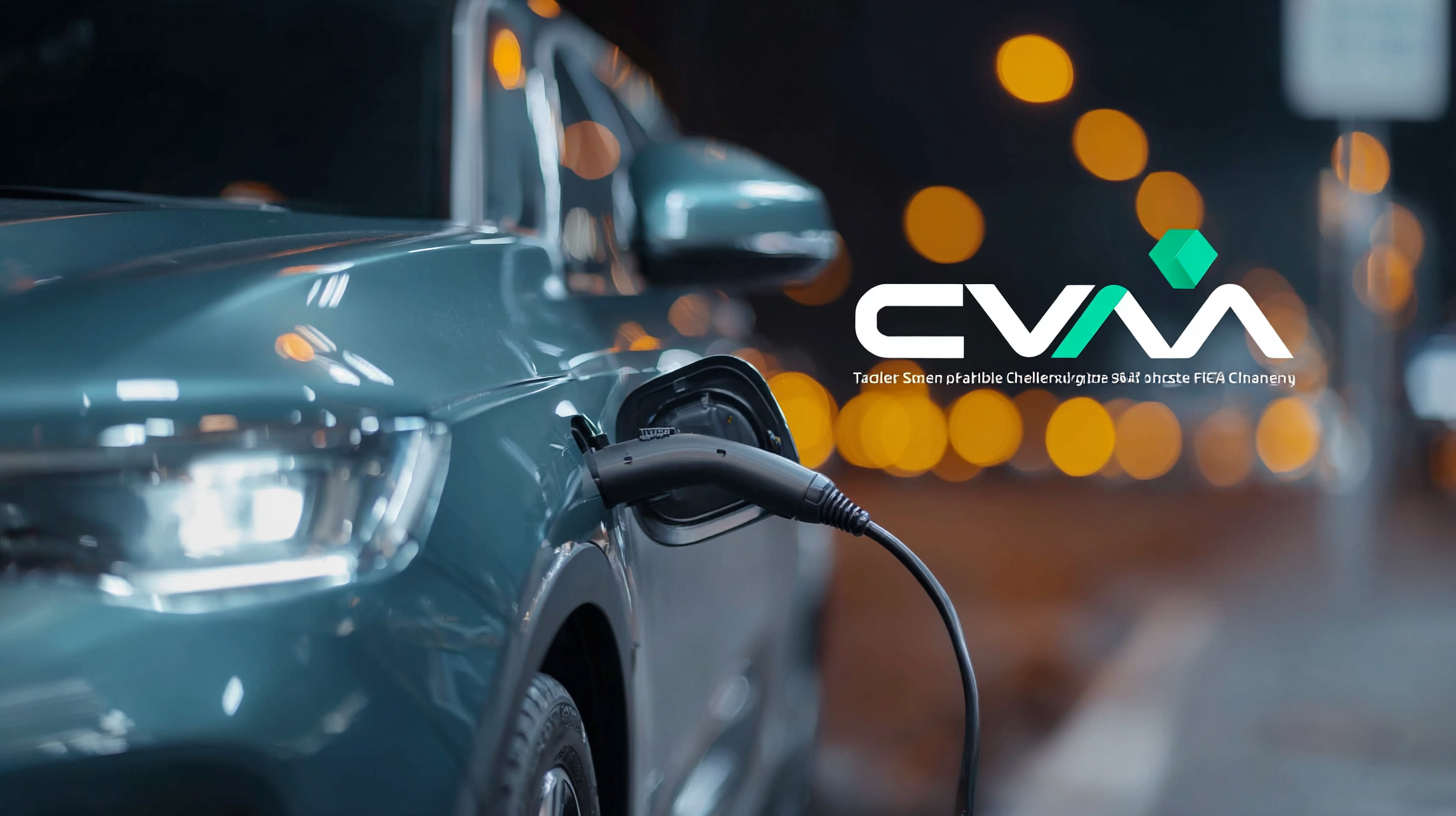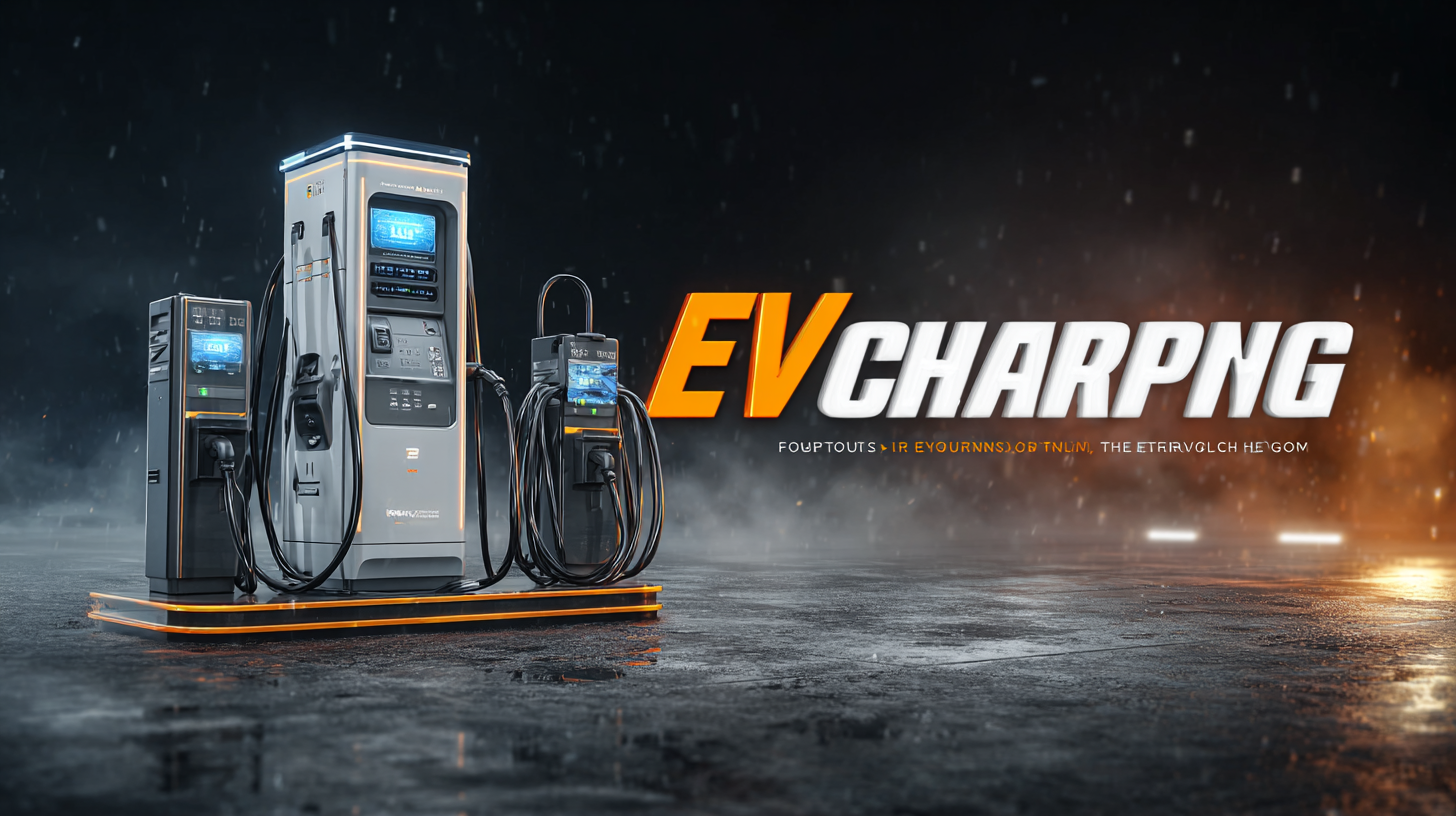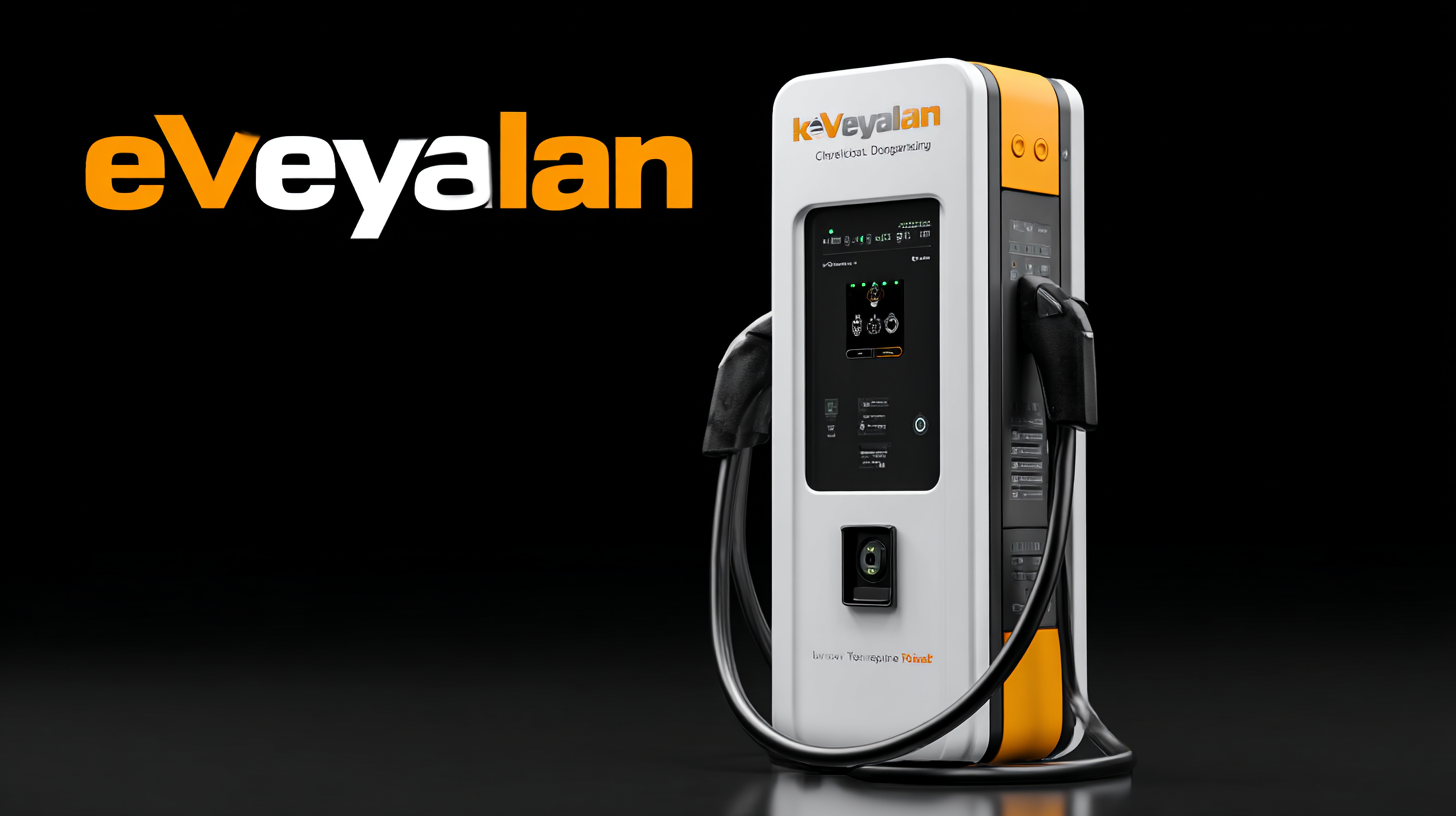As the demand for electric vehicles continues to rise, the importance of choosing the right EV charging equipment becomes paramount for both consumers and businesses alike. Tailored solutions in this evolving landscape can significantly enhance efficiency, reduce charging times, and ultimately provide a better experience for EV owners. In this blog, we will explore essential tips and insights on selecting the best EV charging equipment to meet your specific needs. Whether you are looking to install a home charging station or equip a commercial facility, understanding the various options available—ranging from charging speeds to connectivity features—will empower you to make informed decisions. Join us as we delve into the critical considerations that will help you optimize your EV charging experience and pave the way for a sustainable future.

When selecting the best EV charging equipment, it is essential to focus on key features that align with your specific needs. As the demand for electric vehicles continues to grow, advancements in charging technology have become pivotal. High-quality EV chargers should not only offer efficiency and speed but also integrate seamlessly with home or commercial systems. Look for features such as smart connectivity, compatibility with various EV models, and robust safety standards to ensure a reliable charging experience.

Furthermore, the emergence of collaborative initiatives, like the Spark Alliance, highlights the importance of infrastructure in supporting widespread EV adoption. A well-developed charging network can significantly enhance accessibility and convenience for all users.
Future trends suggest that the EV charging market will see significant growth, driven by increased public charging points and innovations in charging technology. Evaluating these factors will enable you to choose the right EV charging equipment tailored to your lifestyle and future needs.
When considering electric vehicle (EV) charging options, it's essential to understand the different types available: Level 1, Level 2, and DC Fast Chargers. Level 1 chargers, using a standard 120-volt outlet, offer a low-power solution, providing just 1 to 2 kilowatts, which translates to about three to five miles of range per hour. This setup is ideal for overnight charging at home, particularly for those with shorter daily commutes.
On the other hand, Level 2 chargers, typically found at public charging stations, significantly enhance charging speed with 240 volts, allowing for a full charge overnight without difficulty. Recently, initiatives like AAA's expansion of DC Fast Charging at Service Centers in Oregon and Idaho are pushing the boundaries further. DC Fast Chargers offer the fastest charging solutions, capable of replenishing an EV's battery to 80% in about 30 minutes, making them crucial for long-distance travel. As the EV landscape evolves, understanding these options helps consumers select the right charging equipment tailored to their unique driving needs.

When selecting EV charging equipment, evaluating supplier credentials is paramount to ensure reliability and safety. Certifications are essential indicators of a manufacturer’s adherence to industry standards. For instance, UL certification confirms that a product meets rigorous safety requirements, while IEC 62196 compliance ensures compatibility with international charging standards. According to a report by MarketsandMarkets, the global EV charging equipment market is projected to reach $30.7 billion by 2027, highlighting the increasing importance of reputable suppliers in this expanding industry.
In addition to certifications, industry awards can further validate a supplier's commitment to innovation and excellence. Recognitions such as the "Green Innovation Award" can showcase a company’s leadership in sustainable practices. Furthermore, customer reviews offer invaluable insights into real-world usage and reliability. A recent survey by EVBox revealed that 78% of users consider peer reviews as crucial in their purchasing decisions. By focusing on these credentials—certifications, awards, and customer feedback—businesses can make informed choices that align best with their operational needs and sustainability goals.
This chart illustrates the evaluation of supplier credentials for EV charging equipment based on three dimensions: Certifications, Industry Awards, and Customer Reviews. The data represents the average score of various suppliers in each category, demonstrating their overall reliability and market recognition.
When considering the best EV charging equipment for your needs, it's crucial to analyze both the initial investment and the long-term savings. Initially, the cost of installing a home charging station can seem daunting, with prices for equipment and installation ranging widely. However, by examining the potential savings on fuel costs and government incentives, this investment can be justified. Home charging can drastically cut down on expenses compared to gas-powered vehicles, allowing you to recoup your costs over time.
Tips for maximizing your savings include researching available tax credits or rebates for EV chargers in your area, which can significantly lower the upfront costs. Additionally, consider the charging rate of the equipment you choose; faster chargers might have a higher initial price, but they can reduce charging time and increase your vehicle’s availability. Lastly, take into account the installation costs and how they may vary depending on your home's electrical system, as a well-planned installation can prevent unexpected expenses later on.
Investing in high-quality EV charging solutions ensures efficiency and reliability, which translates into better long-term savings. Always assess your future driving patterns and select equipment that aligns with your needs, ensuring you're not only prepared for today but well-equipped for the future.
The electric vehicle (EV) charging market is experiencing transformative changes that are expected to profoundly shape its future. As we glance toward 2025, several trends emerge from the data that highlight the rapid evolution of this industry. First, the demand for fast-charging solutions is on the rise. Consumers are increasingly seeking charging options that minimize downtime and maximize convenience, leading to the development of ultra-rapid charging stations that can deliver significant power in a fraction of the time compared to traditional models.
Moreover, advancements in smart charging technology are paving the way for a more integrated and user-friendly experience. This technology allows for real-time monitoring and management of charging sessions, which not only enhances user convenience but also supports grid efficiency. Additionally, renewable energy integration is becoming a crucial aspect of EV charging infrastructure, with projections indicating that more charging stations will harness solar or wind energy, contributing to sustainability and reducing carbon footprints. Together, these trends paint a promising picture for the EV charging market, making it imperative for stakeholders to stay informed and agile in this dynamic landscape.
| Trend | Current Market Size (2023) | Projected Market Size (2025) | Growth Rate (CAGR) | Key Drivers |
|---|---|---|---|---|
| AC Charging Stations | $2.5 Billion | $4 Billion | 17% | Government incentives, increasing EV adoption |
| DC Fast Charging | $1 Billion | $3 Billion | 31% | Demand for quick charging solutions |
| Wireless Charging Technology | $200 Million | $800 Million | 64% | Advancements in technology, enhanced user convenience |
| Charging Network Expansion | $1.5 Billion | $2.5 Billion | 20% | Partnerships and collaborations |
| Home Charging Solutions | $800 Million | $1.5 Billion | 25% | Increase in EV purchases, consumer convenience |
